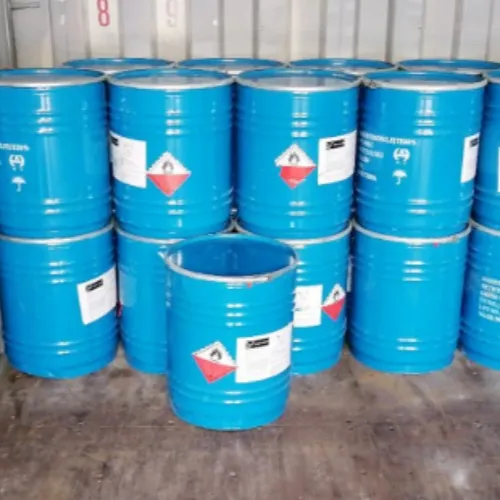Warning: Undefined array key "title" in /home/www/wwwroot/HTML/www.exportstart.com/wp-content/themes/1198/header.php on line 6
Warning: Undefined array key "file" in /home/www/wwwroot/HTML/www.exportstart.com/wp-content/themes/1198/header.php on line 7
Warning: Undefined array key "title" in /home/www/wwwroot/HTML/www.exportstart.com/wp-content/themes/1198/header.php on line 7
Warning: Undefined array key "title" in /home/www/wwwroot/HTML/www.exportstart.com/wp-content/themes/1198/header.php on line 7
- Afrikaans
- Albanian
- Amharic
- Arabic
- Armenian
- Azerbaijani
- Basque
- Belarusian
- Bengali
- Bosnian
- Bulgarian
- Catalan
- Cebuano
- China
- China (Taiwan)
- Corsican
- Croatian
- Czech
- Danish
- Dutch
- English
- Esperanto
- Estonian
- Finnish
- French
- Frisian
- Galician
- Georgian
- German
- Greek
- Gujarati
- Haitian Creole
- hausa
- hawaiian
- Hebrew
- Hindi
- Miao
- Hungarian
- Icelandic
- igbo
- Indonesian
- irish
- Italian
- Japanese
- Javanese
- Kannada
- kazakh
- Khmer
- Rwandese
- Korean
- Kurdish
- Kyrgyz
- Lao
- Latin
- Latvian
- Lithuanian
- Luxembourgish
- Macedonian
- Malgashi
- Malay
- Malayalam
- Maltese
- Maori
- Marathi
- Mongolian
- Myanmar
- Nepali
- Norwegian
- Norwegian
- Occitan
- Pashto
- Persian
- Polish
- Portuguese
- Punjabi
- Romanian
- Russian
- Samoan
- Scottish Gaelic
- Serbian
- Sesotho
- Shona
- Sindhi
- Sinhala
- Slovak
- Slovenian
- Somali
- Spanish
- Sundanese
- Swahili
- Swedish
- Tagalog
- Tajik
- Tamil
- Tatar
- Telugu
- Thai
- Turkish
- Turkmen
- Ukrainian
- Urdu
- Uighur
- Uzbek
- Vietnamese
- Welsh
- Bantu
- Yiddish
- Yoruba
- Zulu
ಡಿಸೆ . 10, 2024 02:31 Back to list
Exploring the Applications and Safety of Diethanolamine in Industry and Health
Diethanolamine An Overview of Its Properties, Uses, and Safety
Diethanolamine (DEA) is an organic compound with the chemical formula C4H11NO2. It belongs to the class of amines and is a colorless, viscous liquid with a slight ammoniacal odor. With its molecular structure comprising two hydroxyethyl groups and one amino group, diethanolamine features prominently in various industrial applications due to its unique chemical properties.
One of the primary uses of diethanolamine is as a surfactant, where it acts as a wetting agent, emulsifier, and dispersing agent. This makes it particularly valuable in the formulation of cosmetics and personal care products, such as shampoos, lotions, and creams. Its ability to enhance the solubility of other substances in water allows manufacturers to create more effective and appealing formulations that can maintain texture and stability over time.
Diethanolamine An Overview of Its Properties, Uses, and Safety
Another significant application of diethanolamine is in the gas treatment industry. It functions as a solvent for removing acidic gases like hydrogen sulfide (H2S) and carbon dioxide (CO2) from natural gas, helping to purify gas streams and enhance their commercial value. This process is vital for ensuring compliance with environmental regulations, as it mitigates the release of harmful emissions into the atmosphere.
diethanolamine cas

Despite its various beneficial applications, concerns surrounding the safety and environmental impact of diethanolamine necessitate careful handling and regulation. Studies have indicated that DEA can cause skin and eye irritation upon direct contact, highlighting the importance of maintaining appropriate safety procedures during its use. Additionally, the compound has been studied for its potential role as a carcinogen; therefore, manufacturers and users must adhere to strict guidelines to minimize exposure and ensure safe handling.
Regulatory bodies, such as the U.S. Environmental Protection Agency (EPA), have established guidelines and set permissible exposure limits for diethanolamine to protect workers and the environment. Proper labeling and safety data sheets (SDS) are essential to inform users about the risks associated with this compound, and employees in industries using DEA should undergo training in handling hazardous materials.
As industries continue to seek more sustainable and safer alternatives, research into diethanolamine and its derivatives is ongoing. Scientists are exploring ways to reduce its environmental impact while retaining its efficacy in various applications. Innovations in formulation technology may lead to greener substitutes or modified versions of diethanolamine that provide similar benefits without compromising safety.
In conclusion, diethanolamine is a multifunctional compound with a wide range of applications, particularly in categories such as personal care, cleaning products, and gas treatment. While its utility is well-known in numerous industrial sectors, the importance of safety and environmental considerations cannot be overstated. Responsible use, adherence to regulatory standards, and continued research into safer alternatives will ensure that diethanolamine remains a valuable component in modern chemistry while safeguarding public health and the environment.
Latest news
-
Certifications for Vegetarian and Xanthan Gum Vegetarian
NewsJun.17,2025
-
Sustainability Trends Reshaping the SLES N70 Market
NewsJun.17,2025
-
Propylene Glycol Use in Vaccines: Balancing Function and Perception
NewsJun.17,2025
-
Petroleum Jelly in Skincare: Balancing Benefits and Backlash
NewsJun.17,2025
-
Energy Price Volatility and Ripple Effect on Caprolactam Markets
NewsJun.17,2025
-
Spectroscopic Techniques for Adipic Acid Molecular Weight
NewsJun.17,2025

